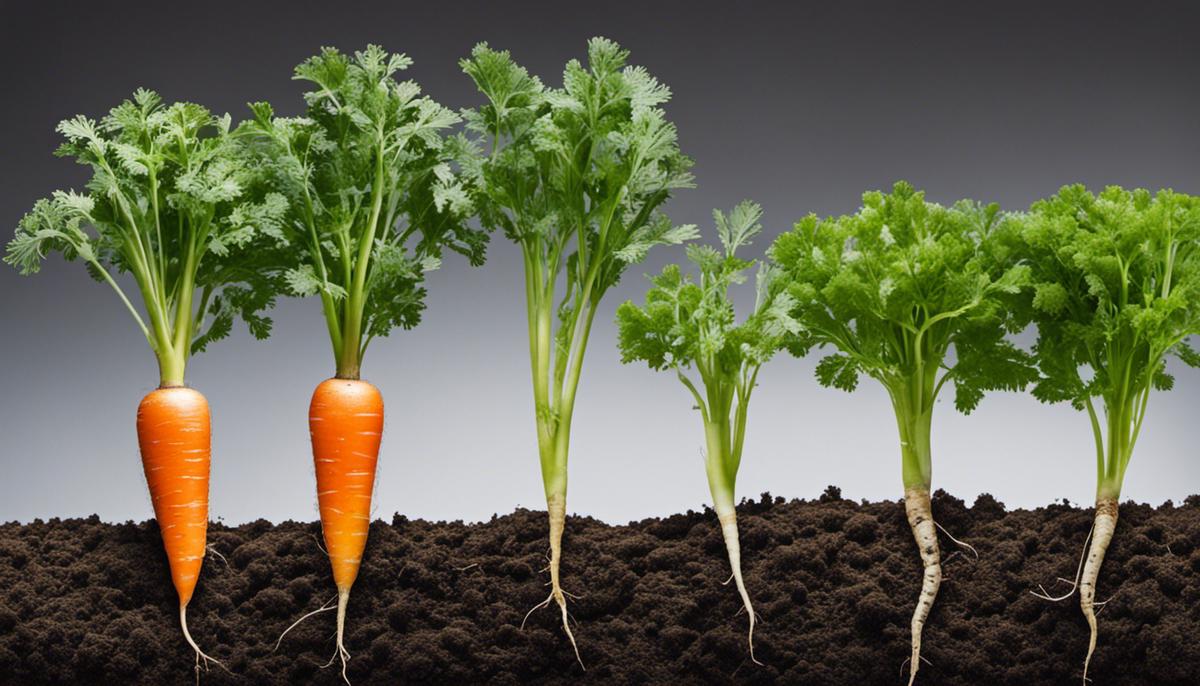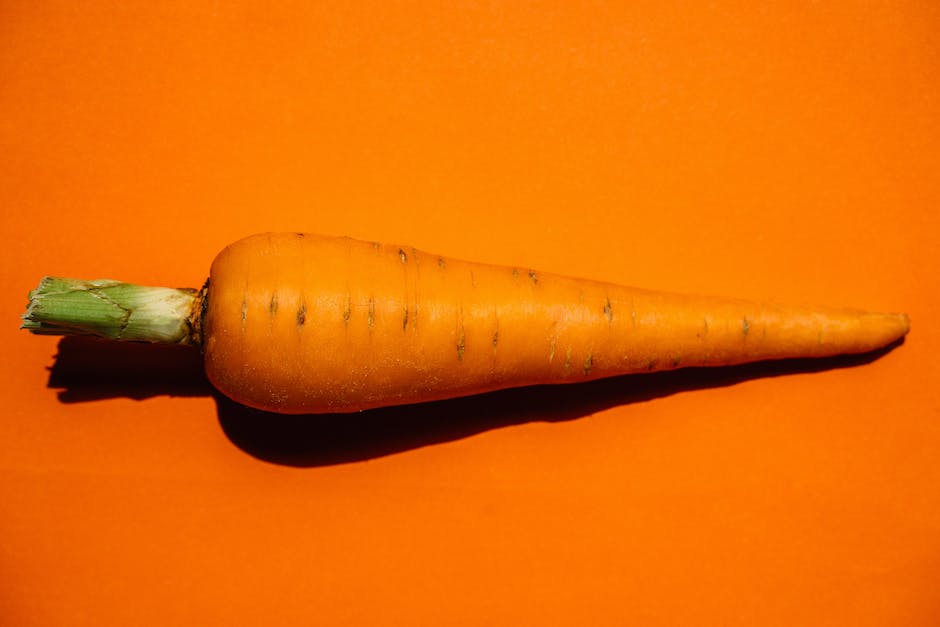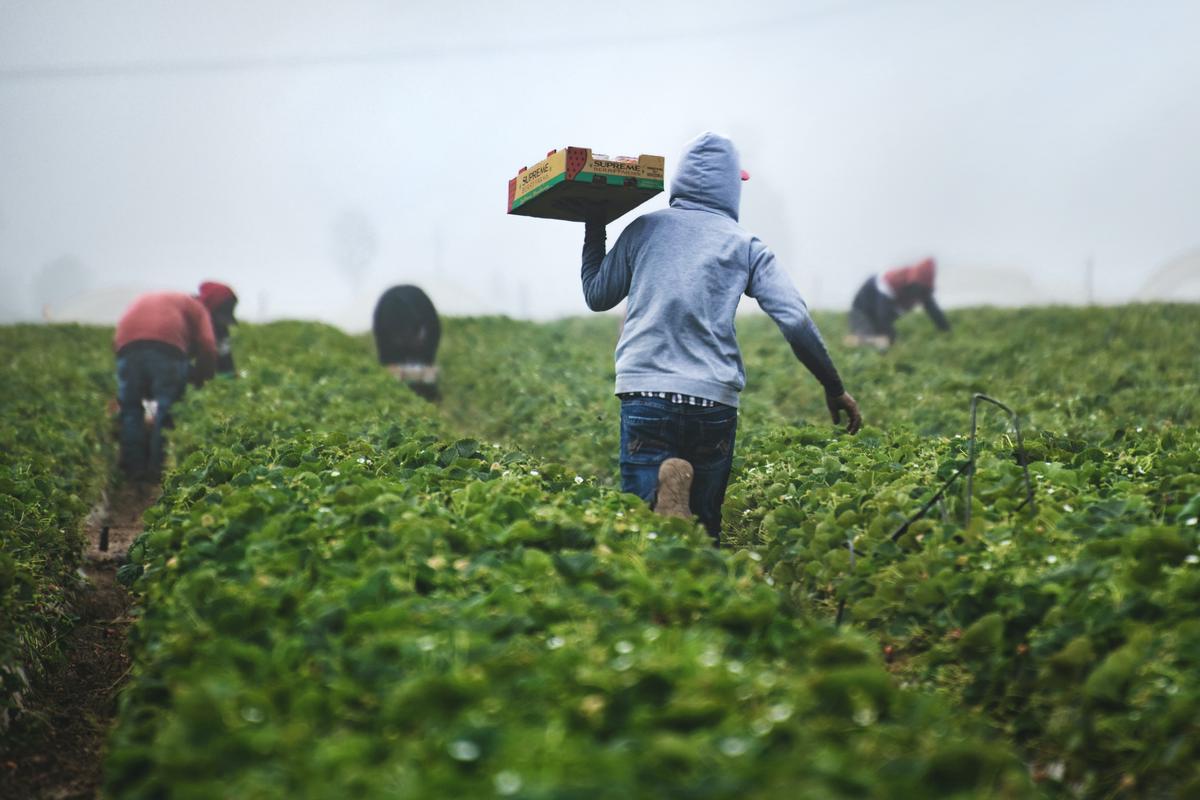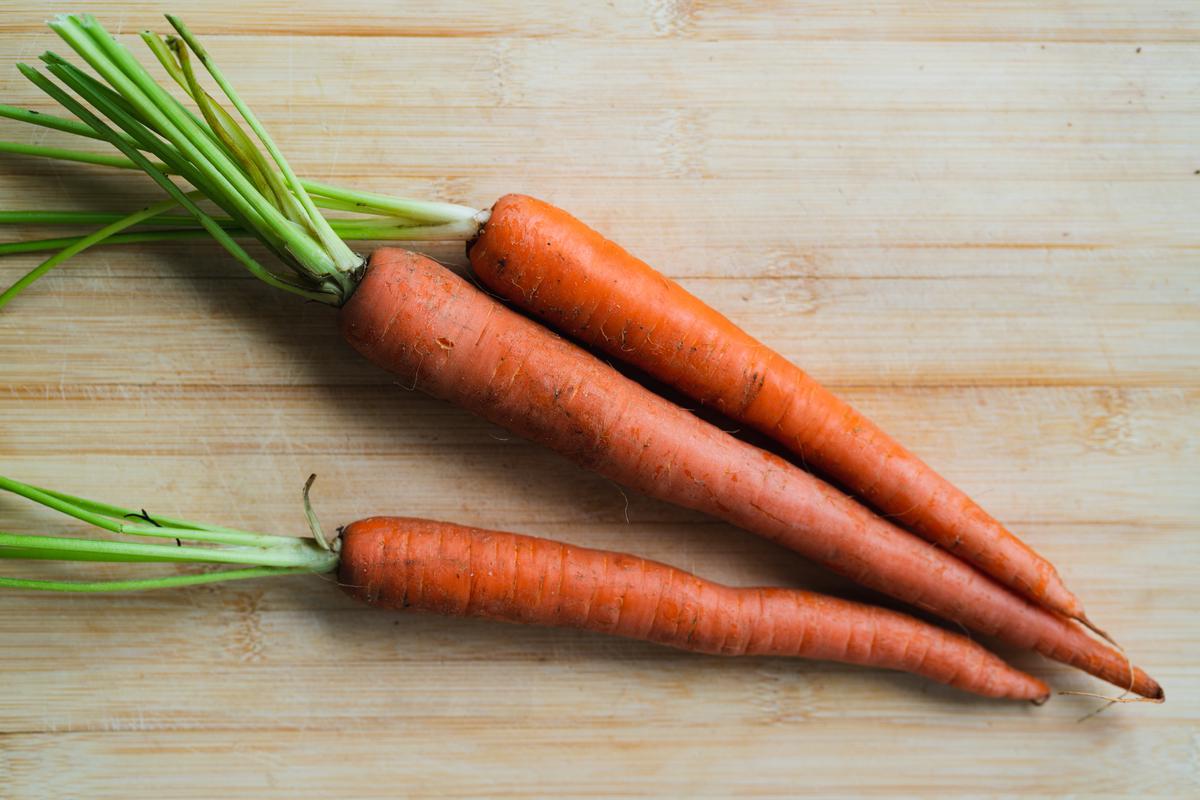Harvesting Carrots: Know the Right Time

Understanding the intricate cycle, careful nurturing, and precise timing of harvesting carrots is both a science and an art. As a key component of many nutritious meals, knowing when carrots are ripe for the pick is a valuable skill for any gardener. This detailed guide will provide insights into the fascinating growth process of a carrot – from seedling to maturity, the visual indicators of a mature carrot ready for harvest, and the best methods for plucking this vibrant vegetable from the earth without causing it harm. Whether you’re a seasoned agronomist or a beginner gardener, this comprehensive information serves as an essential roadmap leading straight to a successful and bumper harvest of carrots.
Understanding Carrot Growth Cycle
The Enthralling Journey of Growing Carrots: A Saga from Seed to Harvest
For anyone passionate about gardening, the growth cycle of a carrot is a fascinating process. This beautiful orange-colored root vegetable offers a satisfying, rewarding ride that’s ripe with knowledge and excitement. Let’s delve deep into the captivating world of the carrot and unravel the truth about its full growth cycle. It’s quite the labor of love, involving preparations, sowing, care practices, and appropriate harvesting, all of which enhance the charm of the humble carrot’s journey from seed to dinner plate.
The beginning of the journey starts with buying premium-quality seeds. It’s always vital to ensure the seeds were packaged for the current year’s growing season. Remember, the higher the quality of your seeds, the better your end product.
The recommended time to sow carrots is early spring to late summer. However, it’s crucial to remember that the soil temperature should ideally be around 50 F (10 C) for best result. Carrots prefer cool temperatures, but roots won’t form in overly chilly soil.
Upon planting, it will typically take about 14-21 days, to see the first sprouts. Tiny, tender green seedlings will emerge, heralding the beginning of the carrot’s visible growth.
Six weeks after sowing, the carrots’ green tops start branching out, indicating active root development underneath. Feel free to gently move away some of the soil at the top of one carrot to check its growth – you should see a small, round top. Resist the urge to harvest them immediately, patience is key in this hobby!
The quintessential orange color starts to show about 60-75 days after sowing. Actual maturity depends on the variety of the carrot. Small varieties or baby carrots can mature in as little as 50 days. On the other hand, large carrot varieties may require up to 80 days.
After about 70 to 80 days, the patience pays off. Harvest time arrives, and what a sight it is! Full-sized, matured carrots are ready to grace the garden. If the top of the carrot is about ¾ of an inch in diameter, then it’s a sign the time is right to pull them out. Remember to harvest this root vegetable delicately to avoid any damage.
However, if stored and cared for correctly under the ground, carrots can live for as long as a year without being harvested. But ideally, you’ll want to enjoy fresh home-grown carrots before then!
Through this journey, the humble carrot doesn’t just enhance gardening and culinary efforts. Its growth cycle is a story of patience, care, and love, just like any other hobby. From choosing the right seed, carefully preparing the soil, patiently waiting for the germination, eagerly observing the growth, and finally harvesting the ripe produce; the gardening adventure leaves one enriched with valuable experiences and the joy of nurturing a beautiful journey from the seed to savories. Whether you’re a seasoned gardener or a beginner, the enchanting growth cycle of the carrot is truly a treat to watch!

Identifying Mature Carrots
Know Your Carrot: Recognizing When It’s Ready to Reap
An underrated but crucial leg of the rewarding journey from seed to snack is understanding when a carrot’s maturity is, quite literally, ripe for the picking. The visually shielded root growth of this fine vegetable makes the process a bit of a guessing game, but there are a few telling signs to guide you in making an educated deduction.
To begin, the primary evidence of a ripe carrot lies in its uppermost area of the root, known as the shoulder. More often than not, when the shoulder of the carrot pushes above the soil line, it’s an invitation that it’s ready to join you above ground. Usually, this is a round, orange glimpse of the root, peeking through the earth. However, mind the color because this varies depending on the type of carrot.
Quizzing the carrot’s girth is another technique to gauge whether it’s ready for harvesting. The typical mature size ranges around 1 inch in diameter, but this might be less for smaller, specialty varieties. It’s all about fostering familiarity with the specific breed of your choice.
Remember, beauty comes in all sizes but not in all shapes when it comes to carrots. Misshapen or distorted carrots may show resist when harvested, possibly due to compressed soil or interruptions during the growth period. Cultivating loose, stone-free soil, and ensuring regular watering supports a smoother journey to harvest.
The timeline can also stand as a supportive signpost on your road to reaping. Researching and jotting down the ‘days to maturity’ from the seed package will guide you through the growing season. Although often varied, a good range for a lot of common carrots is between 50-80 days from seeding. Keep in mind that tender, smaller carrots can be harvested early for an especially sweet gourmet treat.
Lastsly, don’t forget to lean on the old trusty ‘pull-test’. With a gentle tug, a mature carrot should come out of the soil relatively easily. If there is a great deal of resistance, try again in a few days.
The anticipation of unveiling a homegrown carrot should be a culminating celebration of your patient cultivation efforts, and not a nerve-wracking puzzle. With these tips in hand, may your future harvests be ever fruitful and your carrots sprightly and succulent!

Photo by timmossholder on Unsplash
Harvesting Techniques
Let’s kick up some earth and dive into the incredible world of carrot-harvesting. This hobby is a fulfilling endeavor that requires just as much patience as it does passion. The result? Fresh, homegrown carrots that burst with flavor you simply can’t get from supermarket carrots.
Before beginning, keep in mind that soil conditions significantly affect the carrots’ growth. Gardeners are encouraged to plant carrots in loose, well-drained soils. Why? Because compact or clay soils could lead to stunted or twisted carrots – a disappointment when the time for harvesting comes.
Harvesting carrots is a labor of love and an exercise in patience. Knowing when the carrot is ready for harvesting is a science that involves several factors. One key factor is the carrot’s color. A vibrant orange for most varieties, however, other varieties may have hues of purple, red, yellow, or even white when fully ripe.
Size and girth of the carrot are other important indicators. Carrots that are roughly ½ to 1 inch in diameter at the soil line are usually ready for harvest. However, don’t be deterred by smaller sizes. Small carrots, typically harvested young, tend to be sweeter.
Perhaps the coolest technique to determine readiness is the ‘pull-test.’ Gently tug on the green top. If it comes out of the ground easily, it’s harvest time! If there’s substantial resistance, leave the carrot a bit longer.
Dealing with misshapen or distorted carrots can be a challenge. However, it’s crucial not to discard them hastily. Sometimes, the oddball carrot can be the tastiest one! More often than not, resistance during harvesting is due to the soil being too hard or due to damage from pests or diseases.
Lastly, always keep in mind the ‘days to maturity’ proclamation on the seed packet. This timeframe is a valuable guidepost in the carrot cultivation journey. Nevertheless, every garden has its unique conditions – weather, soil quality, and watering routine – that may speed up or drag out this duration.
Harvesting carrots is the crescendo in the symphony of cultivation – where the ultimate reward for all the attention, care, and love you’ve poured into the garden is ready to be reaped. Each time a carrot is pulled from the earth, it’s a testament to the incredible journey that began with a simple seed. So, fellow gardeners, let us rejoice in every harvest because homegrown just can’t be beat. Happy harvesting!

Photo by armandoarauz on Unsplash
Hopefully, this information has provided a clear image of how to recognize when a carrot is mature and ready for harvesting, as well as the optimal methods for doing so. By integrating the knowledge of the carrot’s life cycle, mature visual features, and effective harvesting techniques, you’ll transform your garden into a prolific and rewarding endeavor. Gardeners of all skill levels can apply this knowledge to produce not only abundant, but also more flavorful and nutrient-rich carrots. Harvesting a carrot at the right time is as much a celebration of your patience and effort as it is a testament to nature’s miraculous growth process.



